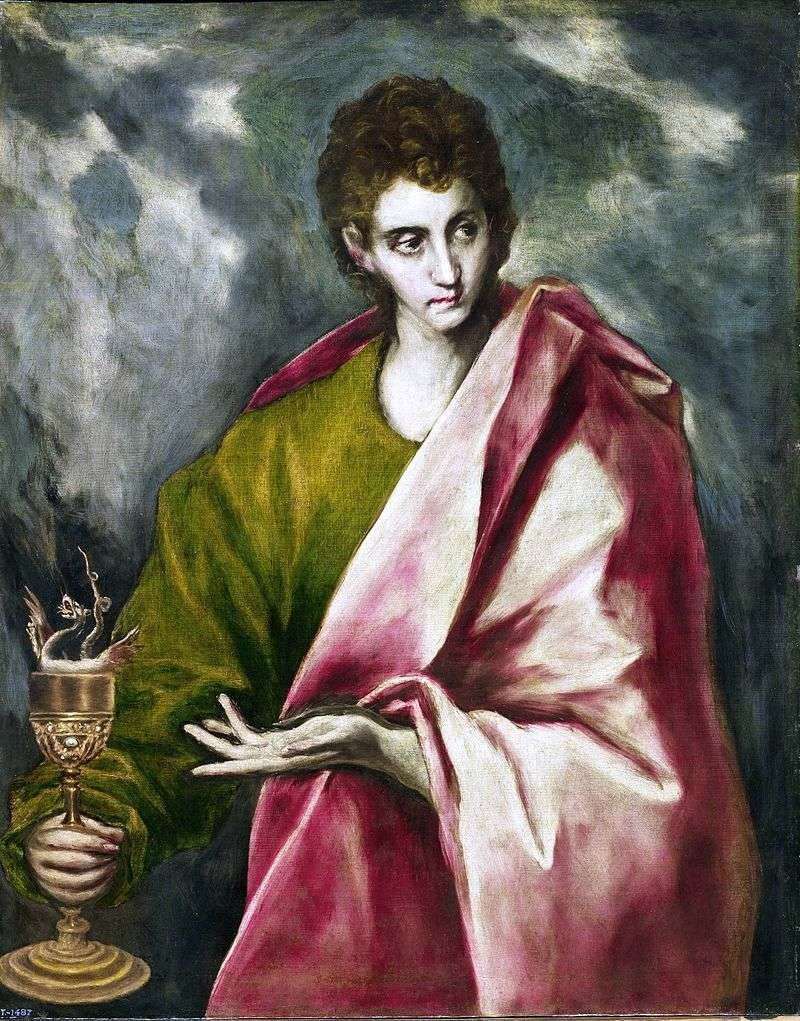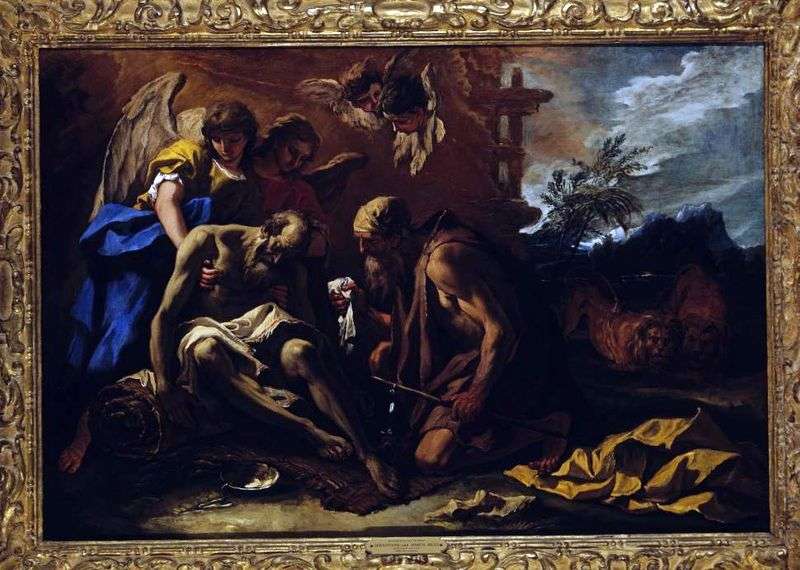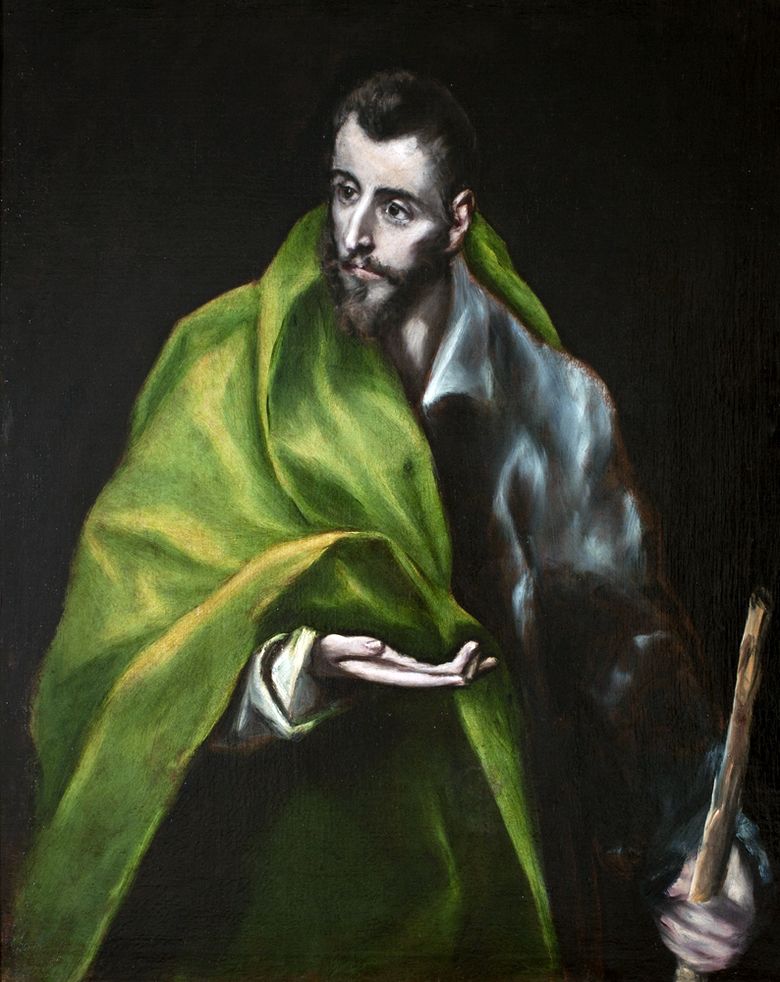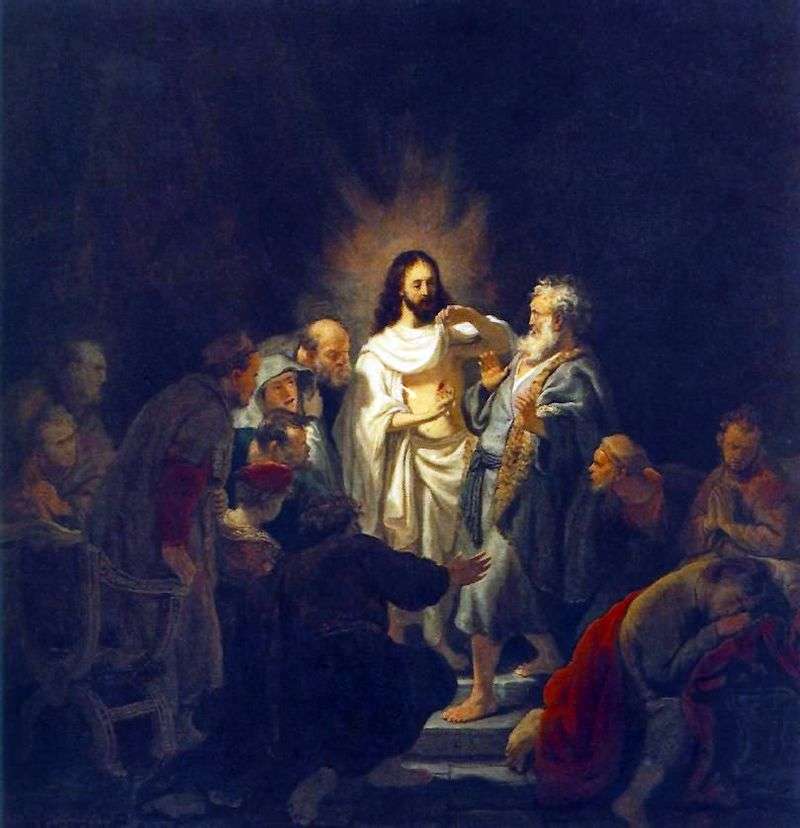
The apostle James, the son of Zebedee, was one of the first disciples called by Jesus. Like his brother John, as well as Peter and Andrew, he was a fisherman. The pages of the Gospels describe that Jacob was among the closest disciples of the Lord. He accompanied Christ on both the Mount of Transfiguration and the Garden of Gethsemane. Among all the apostles, he was the first to suffer martyrdom, and moreover, the only one mentioned is mentioned in the Bible:
In Spain, the Apostle James was especially revered. According to legend, after his death, the body was put in a boat, and let on the sea. The boat was nailed to the shores of Spain, the location of the relics of St. James was shown to the monk-hermit by a star. Later this place was the city of Santiago de Compostela and a church was built. According to legend, Jacob preached in Spain, for this purpose he made a trip from Israel. Proceeding from the above, the Apostle James is revered as the patron of Spain, as well as the patron saint of pilgrims. Traditionally it was portrayed with a staff in hand.
It is noteworthy that Jacob was usually portrayed in the image of an Apostle, a bald, gray-bearded, stern old man or in adulthood, with a narrow beard. Usually his black or brown hair in the pictures is divided into a straight part, as in the images of Jesus, the strands frame the face. He was also depicted with a sword, less often a scroll, in his hands. In later interpretations, especially in group images of the apostles, he is distinguished by the pilgrim’s staff.
In later centuries, the Apostle James was portrayed in the image of a Pilgrim – in a wide-brimmed hat, road raincoat, with a staff and a bag. A special attribute of Jacob was considered to be a shell, fastened to a hat, clothes or a morgue.
Especially popular in Spain was the image of Jacob in the image of the Warrior of the church – a knight in glittering armor, on horseback, in a fluttering raincoat. Under the hooves of the horse, the fallen enemies were depicted. According to legend, Jacob repeatedly helped the Spaniards in the battles with the Moors, the Order of St. James was founded.
In the picture of El Greco we meet a completely different interpretation of the image of the apostle. It is more like a Spanish hidalgo. The artist depicted a young man with thin, elongated features, with graceful fingers. It seems that he is not dressed in a shapeless chiton, but rather in an elegant suit hidden in the half darkness and under the cloak. The left hand tightly, like a spear, squeezes the staff. Quite unusual is the position of the right hand – the traditional brush for El Greco with the middle and ring fingers brought together is horizontally, palm up. Rounded folds of the cloak are at some distance from the palm of your hand. All this gives the impression that he has something invisible in his hand.
Jacob’s eyes are focused on a certain point, probably conceived in such a way that he looks at Christ, the picture of which was located in the center of a group of paintings, surrounded by images of disciples. A pensive and gentle image of a young apostle appears before the spectator. This is not a poor provincial fisherman from Galilee, but rather an aristocrat and an intellectual who joined a group of disciples in order to hear the Good News from the first mouth.
 The Apostle Peter by El Greco
The Apostle Peter by El Greco The Holy Apostle Andrew by El Greco
The Holy Apostle Andrew by El Greco Apostle John the Evangelist by El Greco
Apostle John the Evangelist by El Greco The Apostle Paul by El Greco
The Apostle Paul by El Greco The Apostle Luke writes the image of the Virgin by El Greco
The Apostle Luke writes the image of the Virgin by El Greco Death of the Apostle Paul by Sebastiano Ricci
Death of the Apostle Paul by Sebastiano Ricci Apôtre Jacques le Zébédée – El Greco
Apôtre Jacques le Zébédée – El Greco Unbelief of the Apostle Thomas by Rembrandt Harmens Van Rhine
Unbelief of the Apostle Thomas by Rembrandt Harmens Van Rhine